Contact for Free Quotation & Sample, According to your needs, customize for you.
inquiry nowWhat is Differences between Cat 5 and Cat 6 Cables?
In the world of networking, the type of cable you use can have a significant impact on the performance and reliability of your network. Two common cable types that are often compared are Cat 5 and Cat 6 cable. While they may look similar at first glance, there are some key differences between the two that may affect their suitability for different network needs.

Cat 5 cable, also known as Category 5 cable, has been a staple in networking for many years. Capable of transmitting data at speeds up to 1000 Mbps, they are suitable for most home and small business networks. Cat 5 cable is also relatively cheap and widely available, making it a popular choice for many users.
On the other hand, Category 6 cable, or Category 6 cable, is an upgraded version of Category 5 cable. They are designed to support higher data transfer speeds and are capable of transmitting data at speeds up to 10 Gbps. This makes them ideal for large networks and applications that require high-speed data transfer, such as video streaming and online gaming.
One of the main differences between Cat 5 and Cat 6 cable is their construction. Cat 6 cable are made to stricter specifications and higher quality materials, which allows them to support higher data transfer speeds and reduce crosstalk and interference. This means that Category 6 cables are better able to meet the needs of modern network applications and provide more reliable and stable connections.
Another important factor to consider when comparing Cat 5 and Cat 6 cable is their compatibility with different network devices. While Cat 5 cable are compatible with most network equipment, Cat 6 cable may require compatible hardware to take full advantage of their functionality. This includes routers, switches and network interface cards designed to support the higher speeds and performance of Cat 6 cable.
When it comes to installation, Cat 5 and Cat 6 cable are similar in many ways. Both types of cables use the same connectors and can be installed using the same techniques. However, since Category 6 cable offer higher performance, it is important to ensure they are installed correctly to maximize their potential. This may require closer attention to factors such as cable length, termination quality, and environmental factors that may affect signal integrity.
In terms of cost, Cat 5 cable is generally less expensive than Cat 6 cable. This makes them a practical choice for users with basic networking needs or those on a budget. However, for applications requiring higher data transfer speeds and reliability, it may be reasonable to invest in Cat 6 cable, as they offer improved performance and future-proofing capabilities.
In summary, the differences between Cat 5 and Cat 6 cable are their performance, construction, compatibility, and cost. Cat 5 cable are suitable for basic networking needs, while Cat 6 cable offer higher data transfer speeds and greater reliability, making them a better choice for demanding network applications. Understanding these differences can help users make informed decisions when choosing the type of cable that suits their network needs.


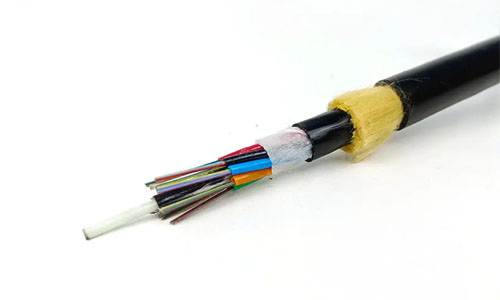 ADSS Fiber Optic Cable
ADSS Fiber Optic Cable ASU Fiber Optic Cable
ASU Fiber Optic Cable OPGW Fiber Optic Cable
OPGW Fiber Optic Cable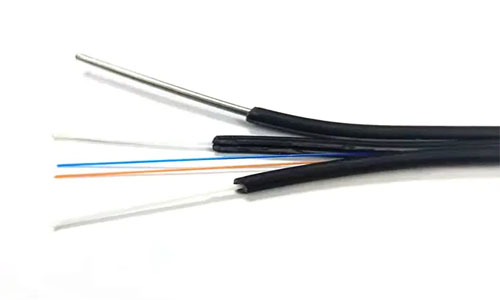 FTTH Fiber Optic Cable
FTTH Fiber Optic Cable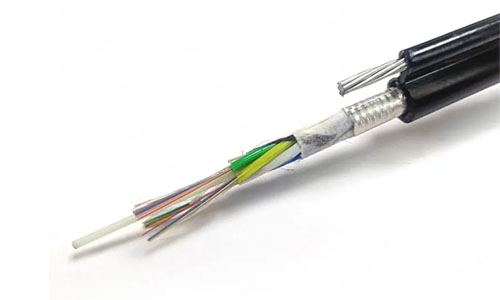 Figure 8 Fiber Optic Cable
Figure 8 Fiber Optic Cable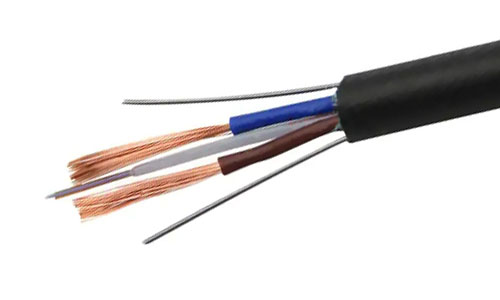 Photoelectric Composite Fiber Optic Cable
Photoelectric Composite Fiber Optic Cable Underground & Pipeline Fiber Optic Cable
Underground & Pipeline Fiber Optic Cable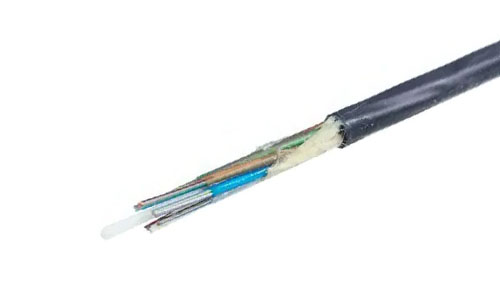 Air-Blown Micro Fiber Optic Cable
Air-Blown Micro Fiber Optic Cable Indoor Fiber Optic Cable
Indoor Fiber Optic Cable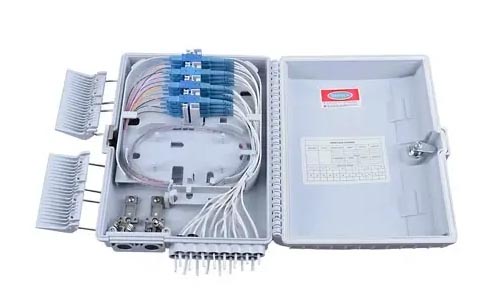 Fiber Optic Distribution Box
Fiber Optic Distribution Box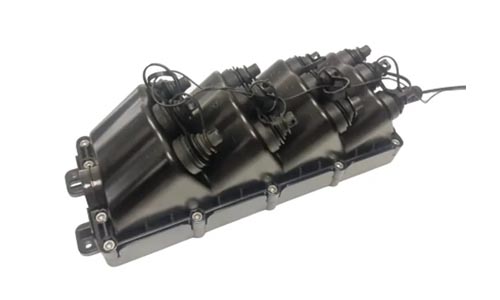 Multiport Service Termina Box
Multiport Service Termina Box Fiber Optical Terminal Box
Fiber Optical Terminal Box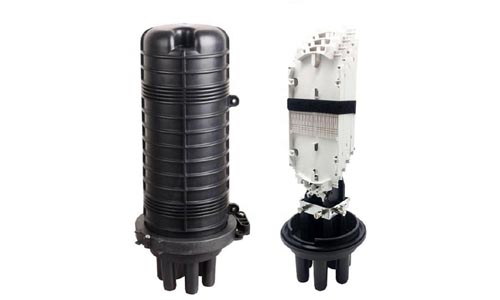 Fiber Optic Splice Closure
Fiber Optic Splice Closure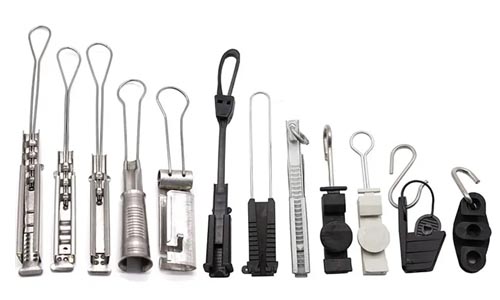 Fiber Optic Clamps
Fiber Optic Clamps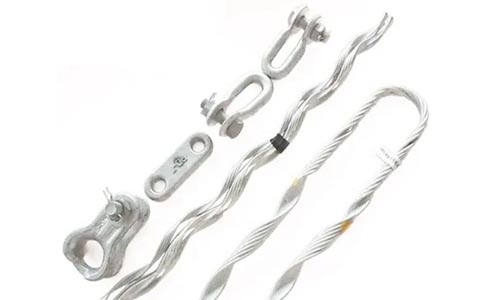 Fiber Optic Cable Fittings
Fiber Optic Cable Fittings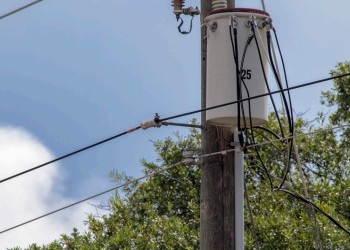 ADSS Fiber Cable
ADSS Fiber Cable ASU Fiber Cable
ASU Fiber Cable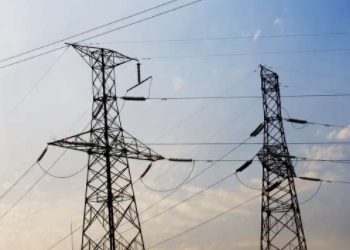 OPGW Fiber Cable
OPGW Fiber Cable FTTH Fiber Cable
FTTH Fiber Cable Figure 8 Fiber Cable
Figure 8 Fiber Cable Photoelectric Composite Fiber Cable
Photoelectric Composite Fiber Cable Underground & Pipeline Fiber Cable
Underground & Pipeline Fiber Cable Air-Blown Micro Fiber Cable
Air-Blown Micro Fiber Cable Aerial Fiber Cable
Aerial Fiber Cable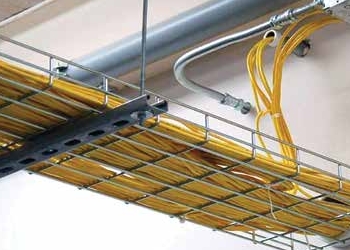 Indoor Fiber Cable
Indoor Fiber Cable Fiber Optical Terminal Box
Fiber Optical Terminal Box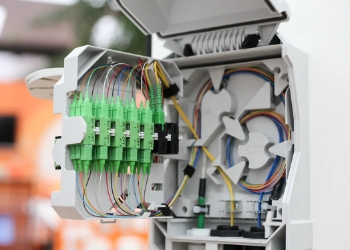 Fiber Optic Distribution Box
Fiber Optic Distribution Box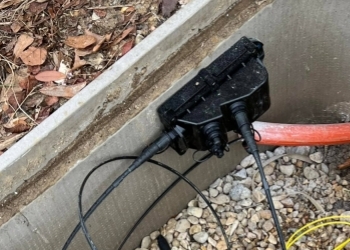 Multiport Service Termina Box
Multiport Service Termina Box Fiber Optic Clamps
Fiber Optic Clamps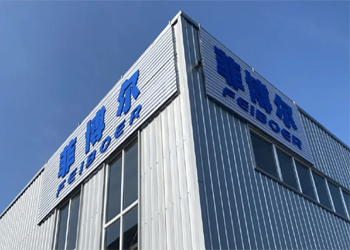 About Us
About Us Our Team
Our Team History
History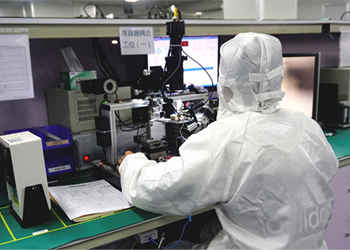 R&D Strength
R&D Strength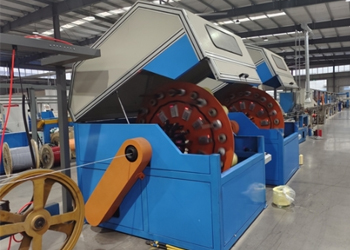 Production Base
Production Base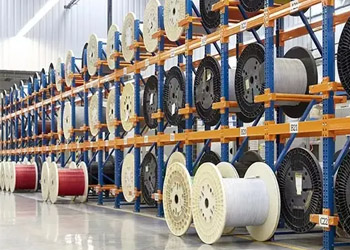 Warehouse & Logistics
Warehouse & Logistics Quality
Quality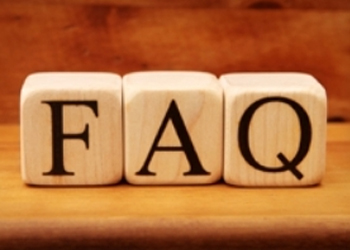 FAQs
FAQs